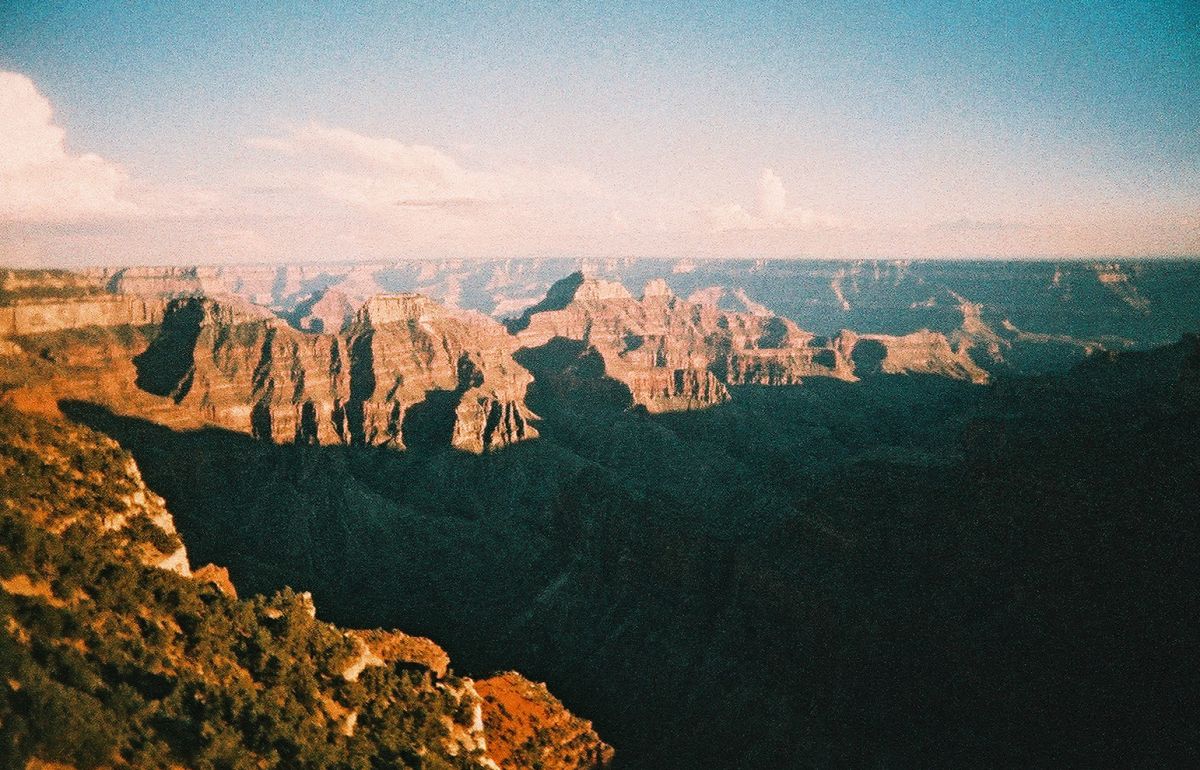D: Yaël, I think we’ve worked hard at A Moment of Science. Wouldn’t you say we deserve a vacation?
Y: Absolutely. Let’s escape the city and explore the great outdoors. Where should we go? Ooh! I’ve always wanted to see the Grand Canyon.
D: Maybe somewhere else.
Y: How about Joshua Tree?
D: (CLEARLY UNCOMFORTABLE): Well…
Y: D, what’s the problem?!
D: You want to escape the city, but it’s not that simple. According to a recent study, our national parks are being coated in dust: plastic dust. While most of that dust gets blown in from around the world, many of the plastic pieces originate in nearby cities, and get brought to the parks by passing storms.
Y: That’s not good! It makes sense, though: plastic takes hundreds of years to decompose. In the meantime, it breaks down into tiny particles, called microplastics. We already know that microplastics travel through our waterways, reaching faraway places like the Arctic. I guess it’s not a surprise they get picked up by storms and wind.
D: The quantity of plastic, though, was a surprise to researchers. They looked at eleven national parks or wilderness lands in the western US. Their findings? About 132 pieces of plastic dust land on ever square meter, every day, on these sites. That’s nearly a thousand metric tons of it every year, just for the western US!
Y: Our national parks are some of the remotest places in the country. If they’re getting covered in microplastic, it shows the extent of plastic pollution!
D: The wilderness can’t escape microplastics, and neither can we. Plastic dust comes from all around us: the study noticed many of the microplastics came from textiles, spray paint, and even our clothing.










